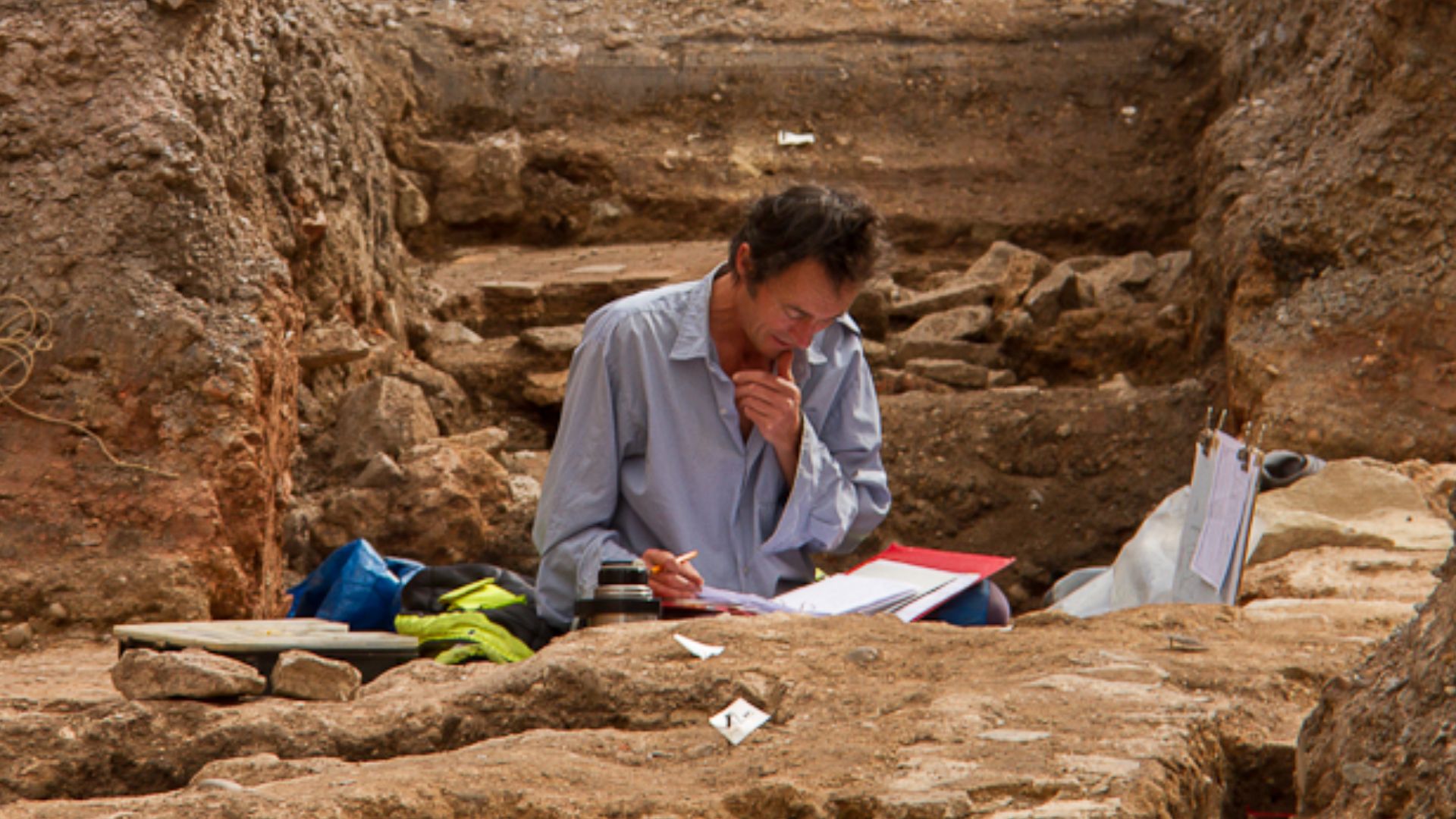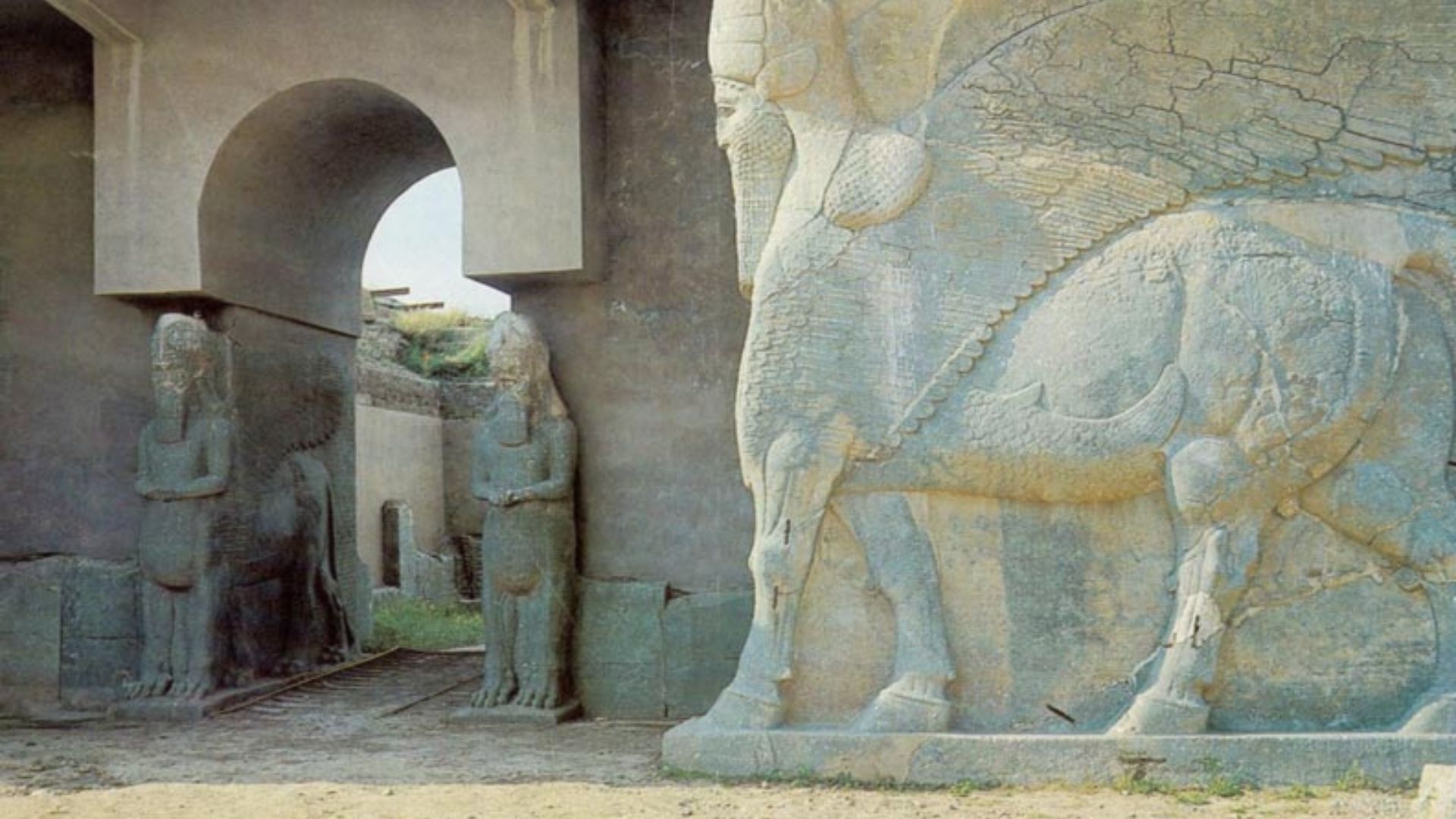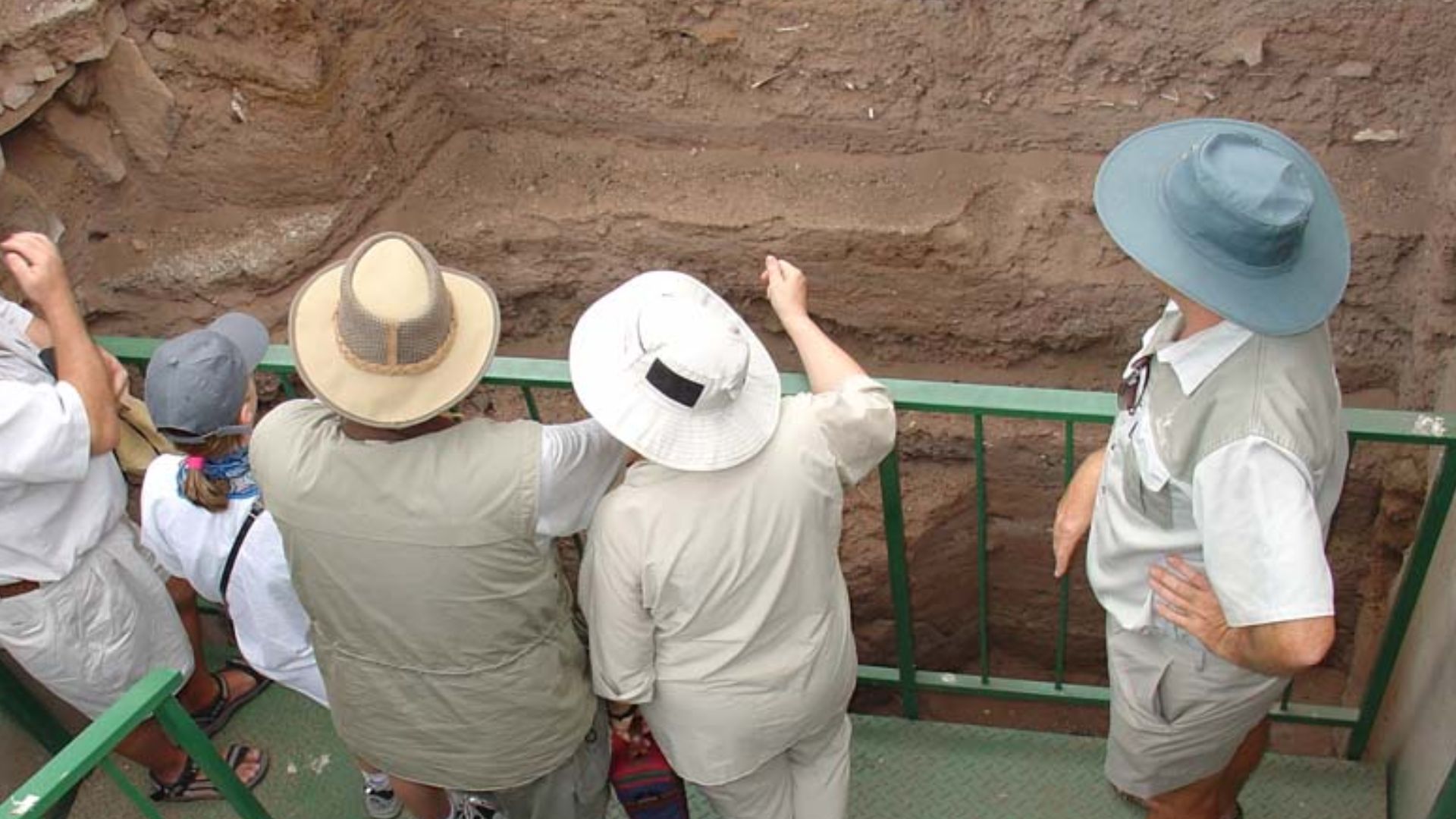Tracing A Hidden Goddess
Could early signs of goddess worship be hiding in plain sight within ancient relics? Archaeologists keep finding symbols and objects suggesting a powerful female presence influencing spiritual life long before the mythologies we recognize emerged.
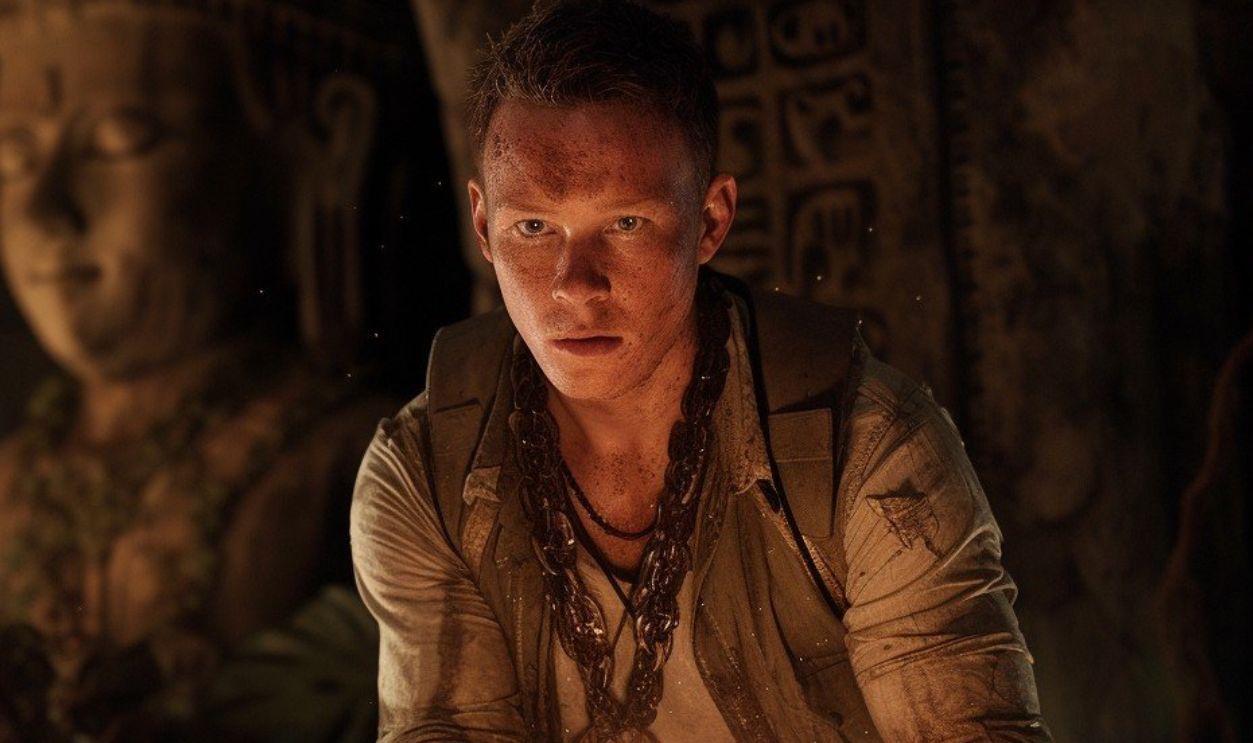
Return To A Broken City
Archaeologists returned to Nimrud, the ancient Assyrian capital in present-day Iraq, after years of ISIS-driven destruction. Their comeback marked the first chance to study the shattered site since its recapture. Work resumed cautiously to uncover spaces once considered among the world’s most vital archaeological locations.
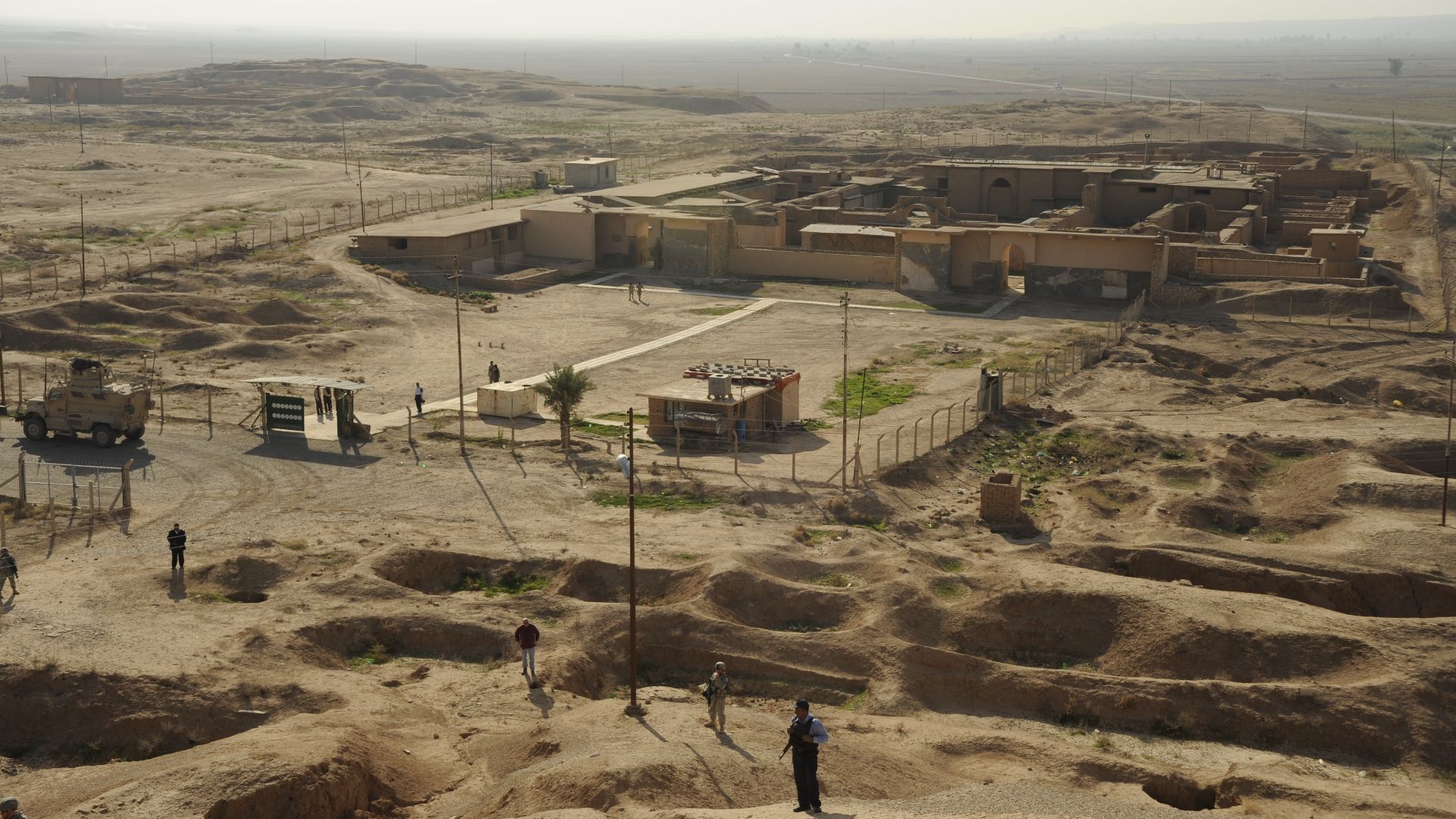 Staff Sgt. JoAnn Makinano, Wikimedia Commons
Staff Sgt. JoAnn Makinano, Wikimedia Commons
A Site With Deep Roots
Nimrud dates back nearly 3,000 years, revealing palaces and early writing when it was first excavated in the 1840s. Despite the devastation, its buried structures remained. Returning teams hoped the ground still protected stories scattered across the ruins, waiting for careful excavation to bring them forward again.
 Staff Sgt. JoAnn Makinano, Wikimedia Commons
Staff Sgt. JoAnn Makinano, Wikimedia Commons
Who Led The Work
The renewed excavation united the Iraqi State Board of Antiquities and Heritage with the University of Pennsylvania. Their international team combined Iraqi knowledge with academic expertise. Years after ISIS was pushed out, these archaeologists re-entered the site with one mission: to recover whatever history survived the assault.
 Bryan Y.W. Shin, Wikimedia Commons
Bryan Y.W. Shin, Wikimedia Commons
How The Dig Restarted
Once safety was assured, researchers cleared bomb debris left from the attacks. Every stone needed to be stabilized before tools went deeper. Their method blended slow brushing, structural support, and mapping. The team uncovered layers untouched since ancient times, proving that destruction hadn’t erased every meaningful trace.
The First Big Breakthrough
During early work, archaeologists reopened a 3,000-year-old temple dedicated to Ishtar. Despite earlier burning in 612 BCE, its foundations and relics remained. Entering the space revealed hints that something extraordinary still waited inside, which encouraged the team to continue carefully documenting every emerging artifact.
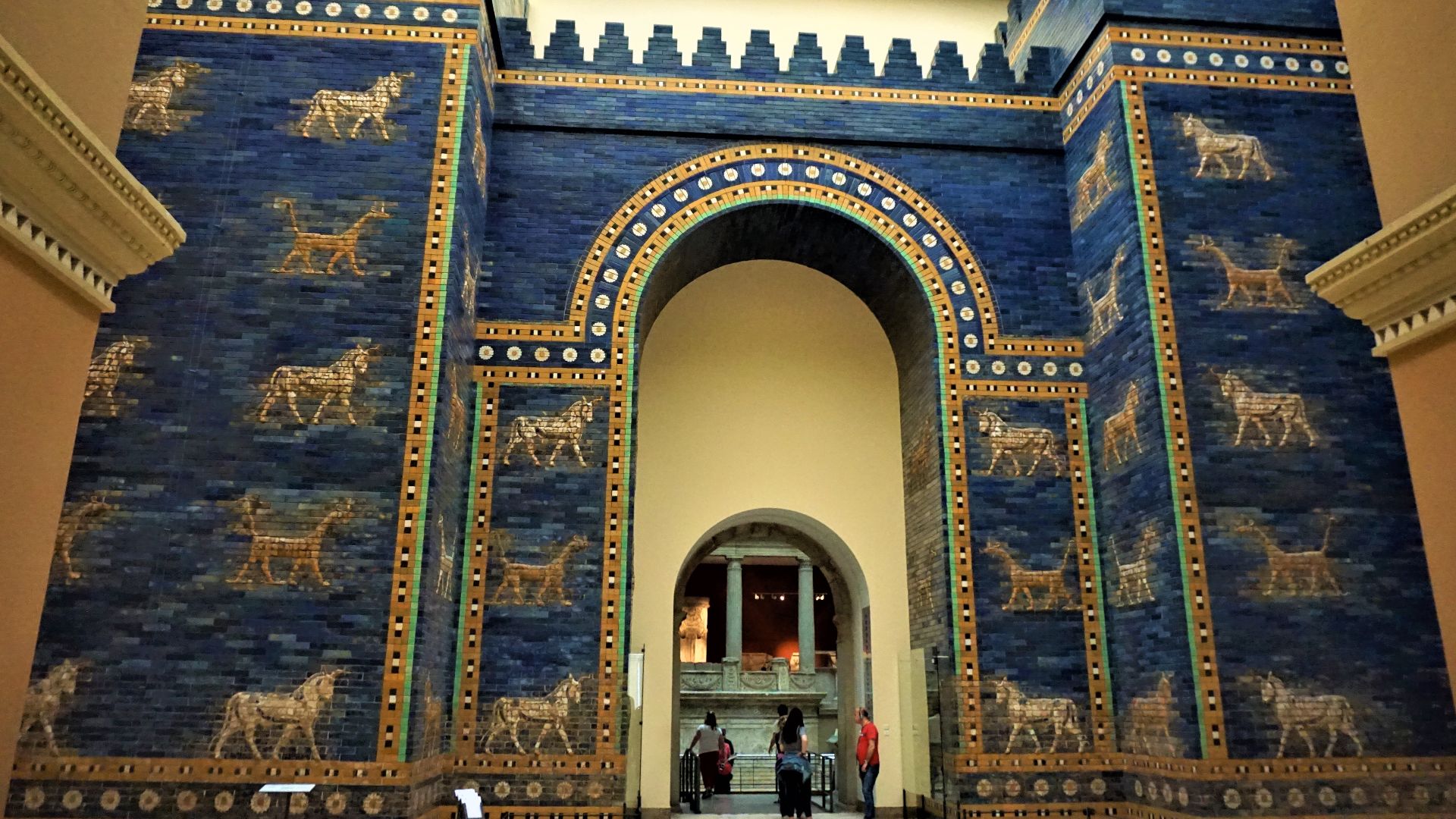 Joyofmuseums, Wikimedia Commons
Joyofmuseums, Wikimedia Commons
Temple Of A Powerful Goddess
The reopened temple honored Ishtar, Mesopotamia’s goddess of love and war. She holds the distinction of being the oldest known goddess through surviving written evidence. Standing inside her sanctuary, researchers connected with beliefs shaping ancient life long before later civilizations recorded their own mythologies.
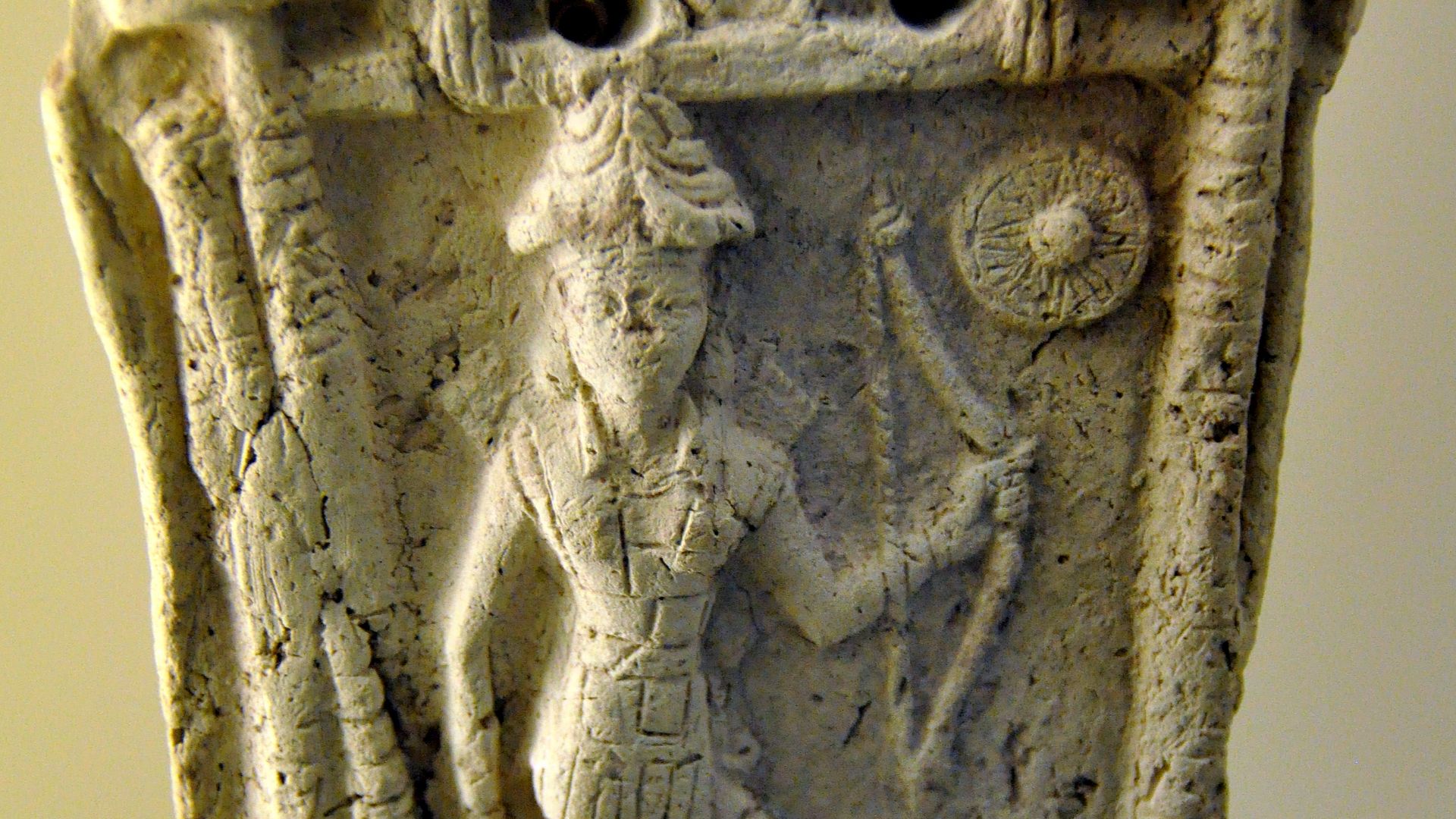 Osama Shukir Muhammed Amin FRCP(Glasg), Wikimedia Commons
Osama Shukir Muhammed Amin FRCP(Glasg), Wikimedia Commons
A Burned Temple’s Hidden Strength
Although the temple suffered destruction during Nimrud’s fall in 612 BCE, its deeper sections protected relics from collapse. Charred layers didn’t erase everything. Instead, the fire sealed pockets of history and preserved clues that are now used to reconstruct worship practices surrounding one of humanity’s earliest deities.
 Staff Sgt. JoAnn Makinano, Wikimedia Commons
Staff Sgt. JoAnn Makinano, Wikimedia Commons
The Discovery That Stole Headlines
The team uncovered a stone monument fragment featuring Ishtar within a star symbol. The carving offers a first-of-its-kind depiction linked directly to Ishtar Sharrrat-niphi. This aspect represents her connection to the rising planet Venus, widely known as the morning star.
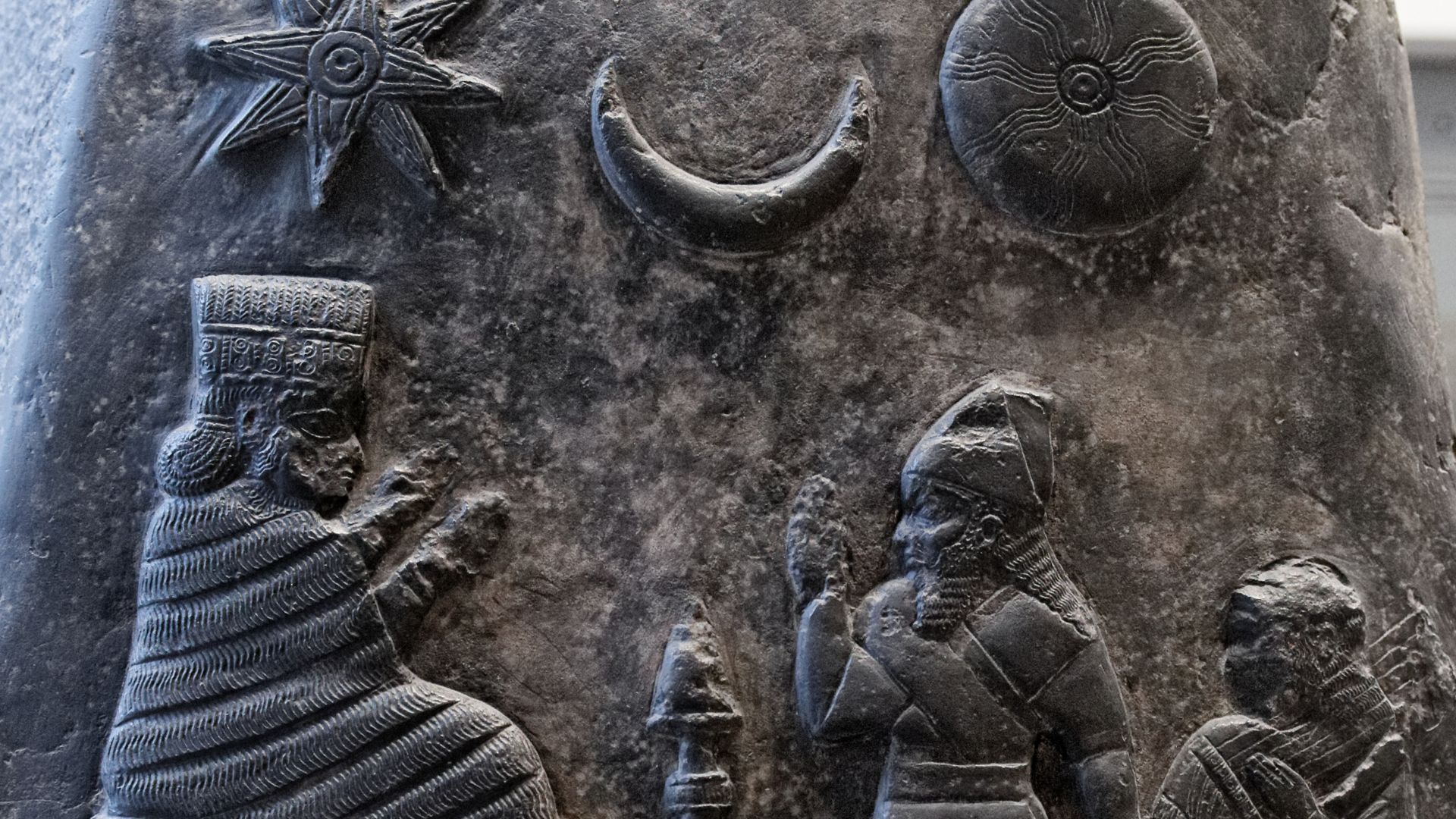 Unknown artistUnknown artist, Wikimedia Commons
Unknown artistUnknown artist, Wikimedia Commons
Why This Fragment Matters
Earlier images of Ishtar existed, yet none matched this level of clarity or symbolism. The starburst carving confirmed a divine aspect tied to celestial cycles. Its intact details offered rare insight into how ancient artists represented cosmic power through a single goddess figure.
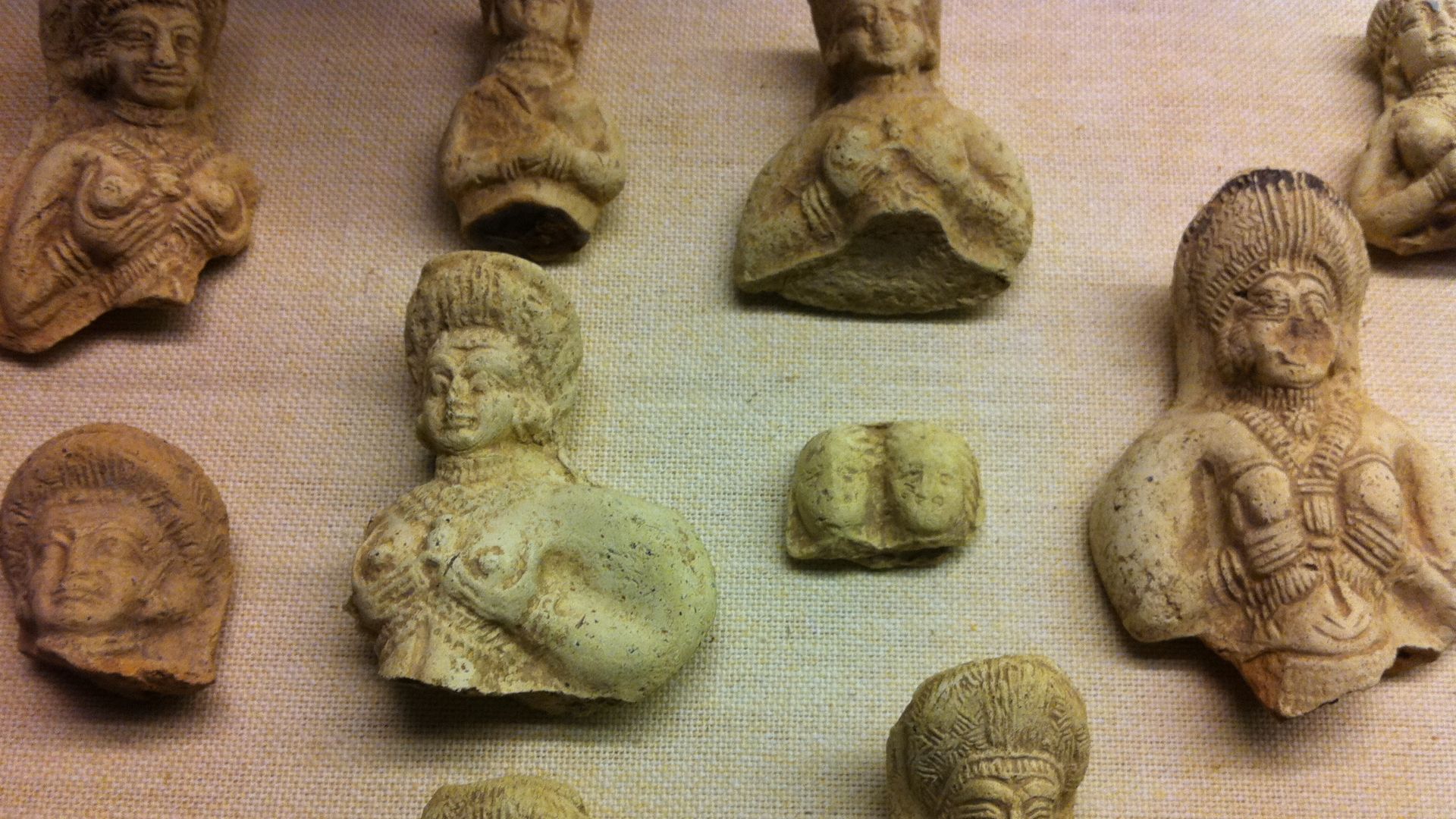 Jupiter Firelyte, Wikimedia Commons
Jupiter Firelyte, Wikimedia Commons
A Milestone For Researchers
Dr Michael Danti of Penn University celebrated the stele fragment as their most spectacular find of the season. His team viewed it as proof that the site still held remarkable treasures. That one piece reshaped their expectations, hinting at more forgotten artistry waiting underground.
Rediscovering A Lost Palace
Before ISIS destroyed much of Nimrud, the same team uncovered a 2,800-year-old palace linked to King Adad-Nirari III. Returning to the structure allowed them to continue earlier work. Despite damage, its surviving rooms brought valuable clues about royal life in ancient Assyria.
Details Inside Royal Walls
The newly found palace fragments included carved stone bases supporting towering ancient columns. Their size suggested impressive interior design. Archaeologists also recovered ivory pieces and ostrich eggshells scattered across rooms, reminders of long-vanished luxury that once decorated Nimrud’s elite residential spaces.
A Throne Room With Technology
Among the palace ruins, a throne room warmed by a portable wheeled heater was found. This detail illustrated the kingdom’s sophisticated workmanship. The design suggested comfort held importance in royal settings, showing ancient builders combined aesthetic grandeur with practical engineering.
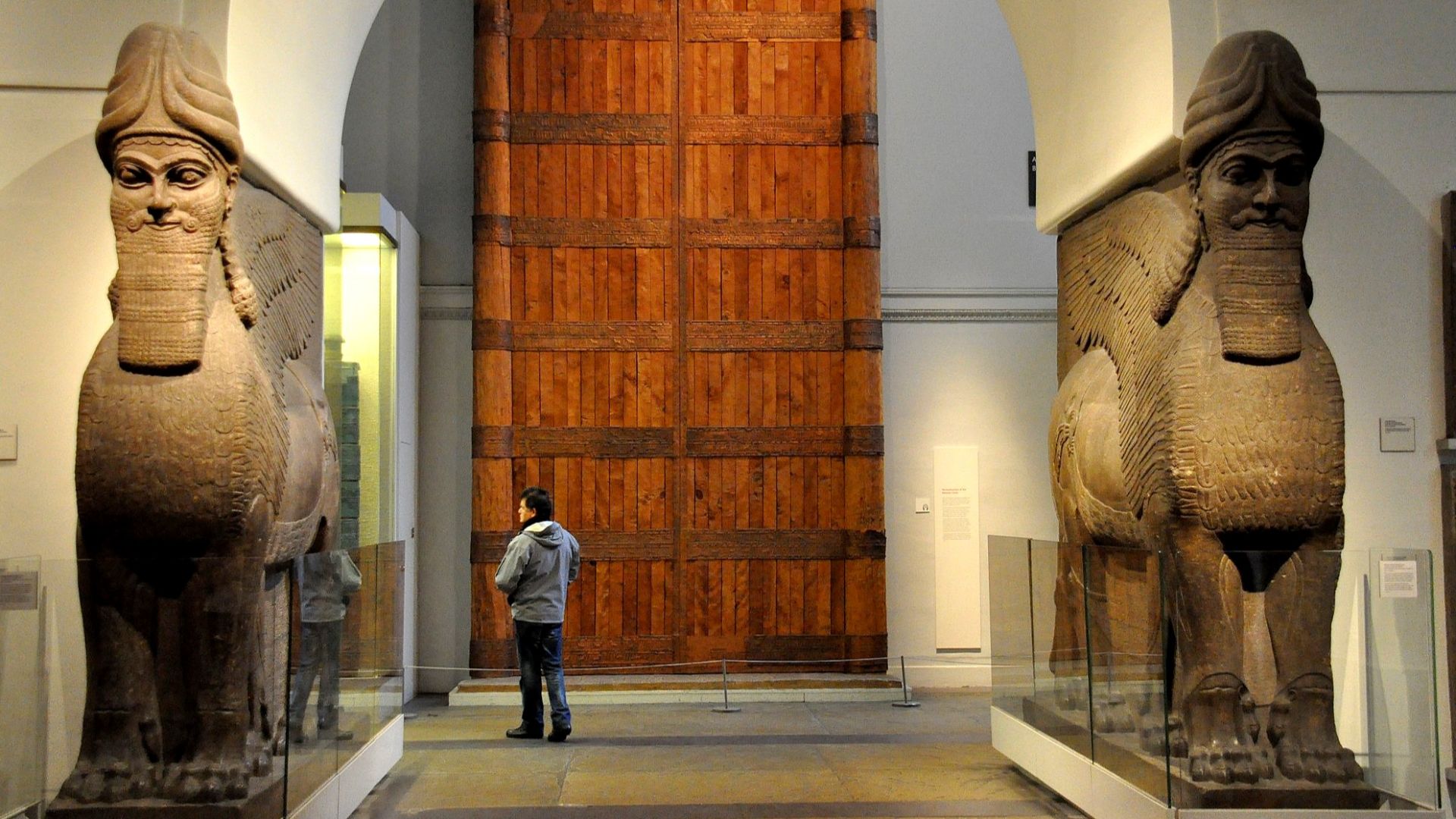 Osama Shukir Muhammed Amin FRCP(Glasg), Wikimedia Commons
Osama Shukir Muhammed Amin FRCP(Glasg), Wikimedia Commons
Evidence Of Lavish Materials
Ivory fragments indicated access to distant trade networks, while ostrich eggshells linked Nimrud to regions far beyond local borders. These pieces confirmed the city’s wealth. Even small remnants reflected international influence shaping daily palace life thousands of years ago.
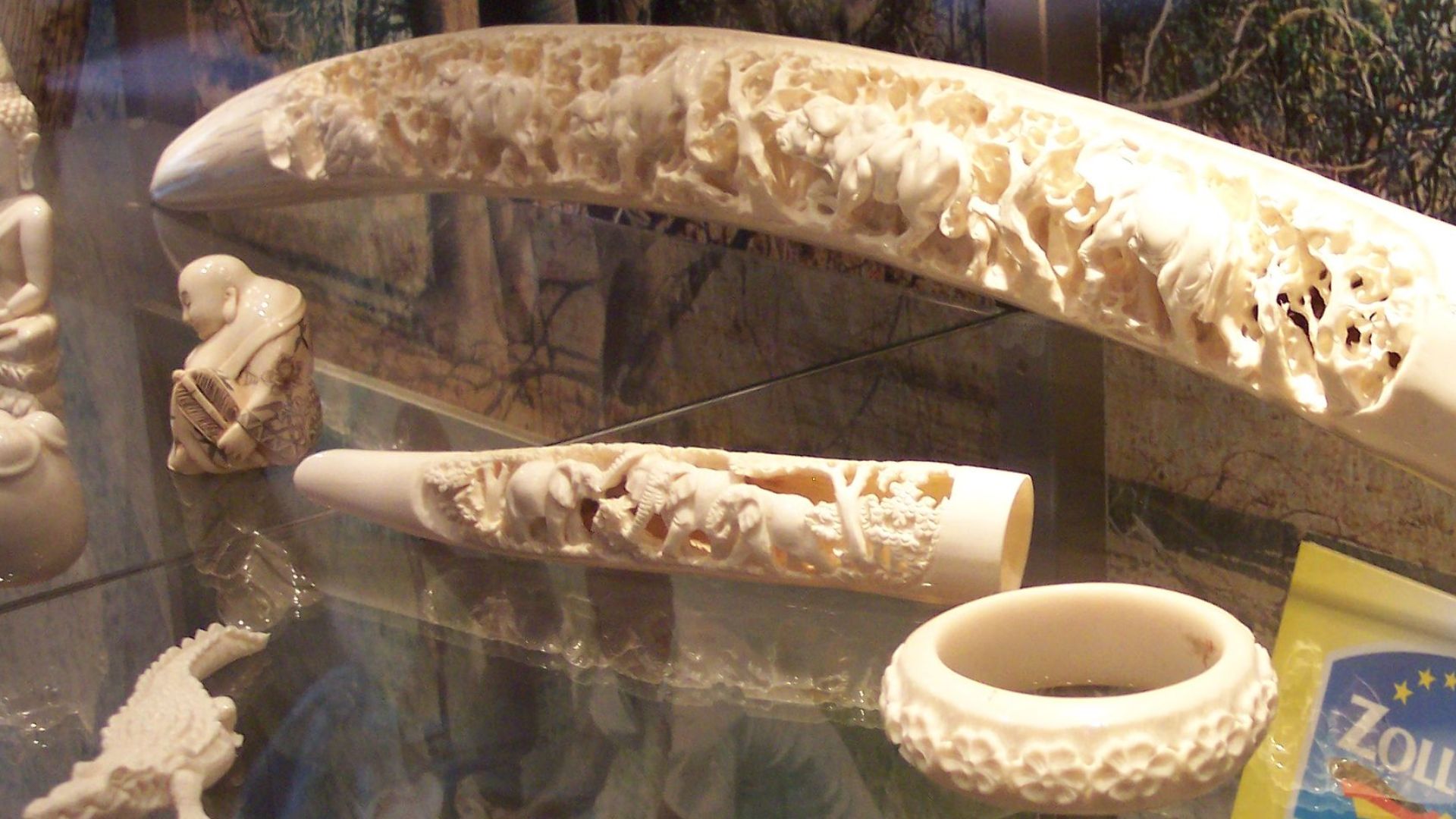 Stahlkocher, Wikimedia Commons
Stahlkocher, Wikimedia Commons
Survivor Pieces After Destruction
Many palace elements blew apart during the attacks, yet researchers still collected architectural remnants. Some carvings remained lodged beneath collapsed debris. Their recovery demonstrated how deeply built structures can withstand catastrophe and offer future generations pathways to understand ancient environments.
 Brooklyn Museum, Wikimedia Commons
Brooklyn Museum, Wikimedia Commons
Healing A Scarred Landscape
Before any artifact could be lifted, teams had to handle the wreckage left by barrel bombs. Rocks shifted, edges crumbled, and every move required judgment. You understand quickly that clearing rubble was the only way to reopen space in a place violence tried to erase from memory.
 Staff Sgt. JoAnn Makinano, Wikimedia Commons
Staff Sgt. JoAnn Makinano, Wikimedia Commons
Signs Of Resilience Underground
Despite severe damage, the soil preserved layers ISIS never reached. Objects sheltered deeper in the ground reminded experts that history rarely disappears entirely. Every shard felt like a message surviving destruction, which gave archaeologists motivation to keep searching through difficult terrain.
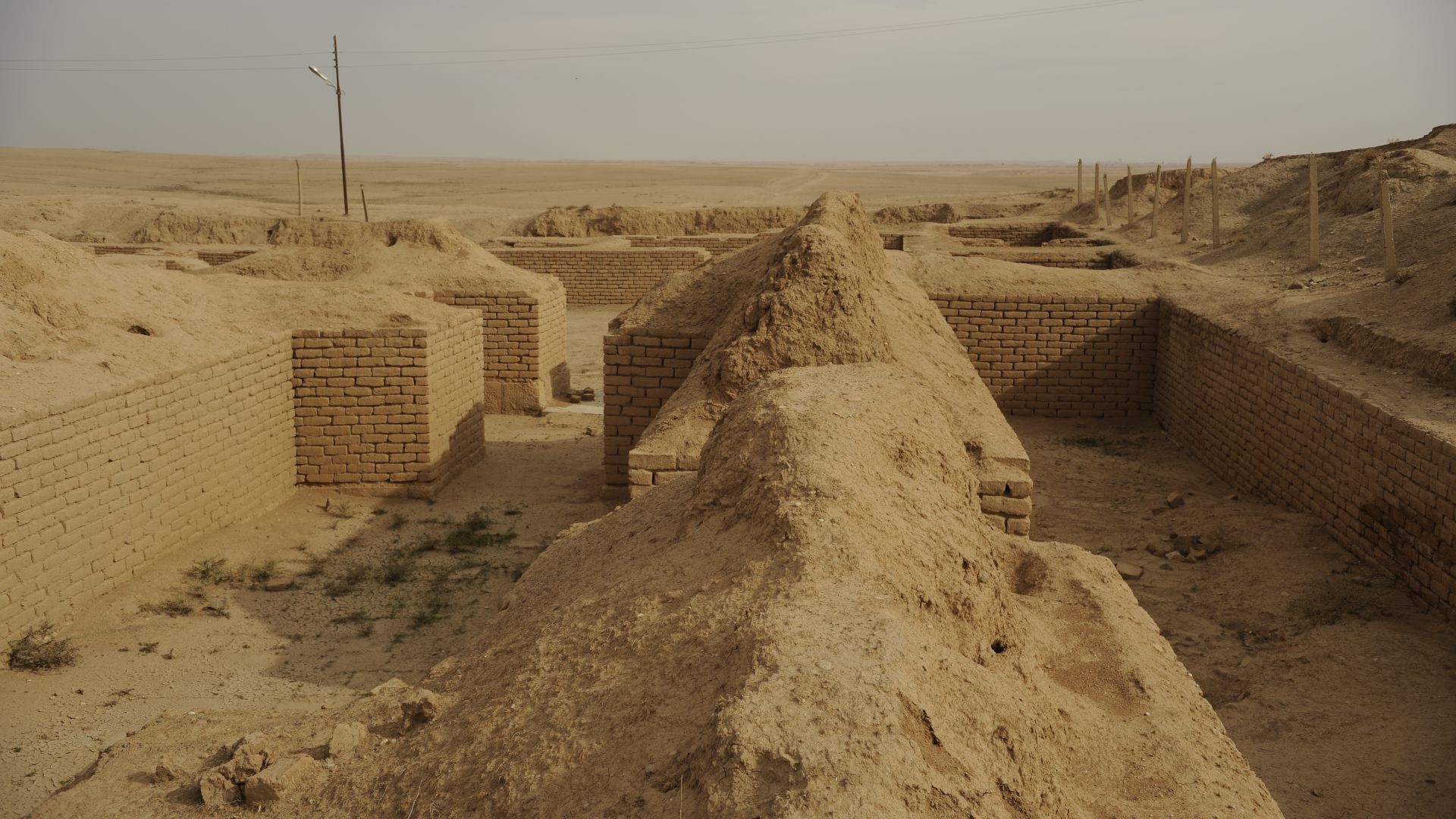 Staff Sgt. JoAnn Makinano, Wikimedia Commons
Staff Sgt. JoAnn Makinano, Wikimedia Commons
A City Still Teaching
Nimrud continues to reshape the understanding of Assyrian culture. This is a case in which each finding provides a new context for how communities built cities and honored gods. Even broken remnants provide insight, proving the location remains an active teacher rather than a finished chapter.
 w:James Fergusson (architect), Wikimedia Commons
w:James Fergusson (architect), Wikimedia Commons
Bringing Global Attention Back
Discoveries sparked worldwide interest. They redirected conversations from tragedy toward preservation. And international communities recognized the value of rebuilding intellectual ties to Nimrud. The work encouraged renewed investment in protecting cultural sites across conflict-affected regions.
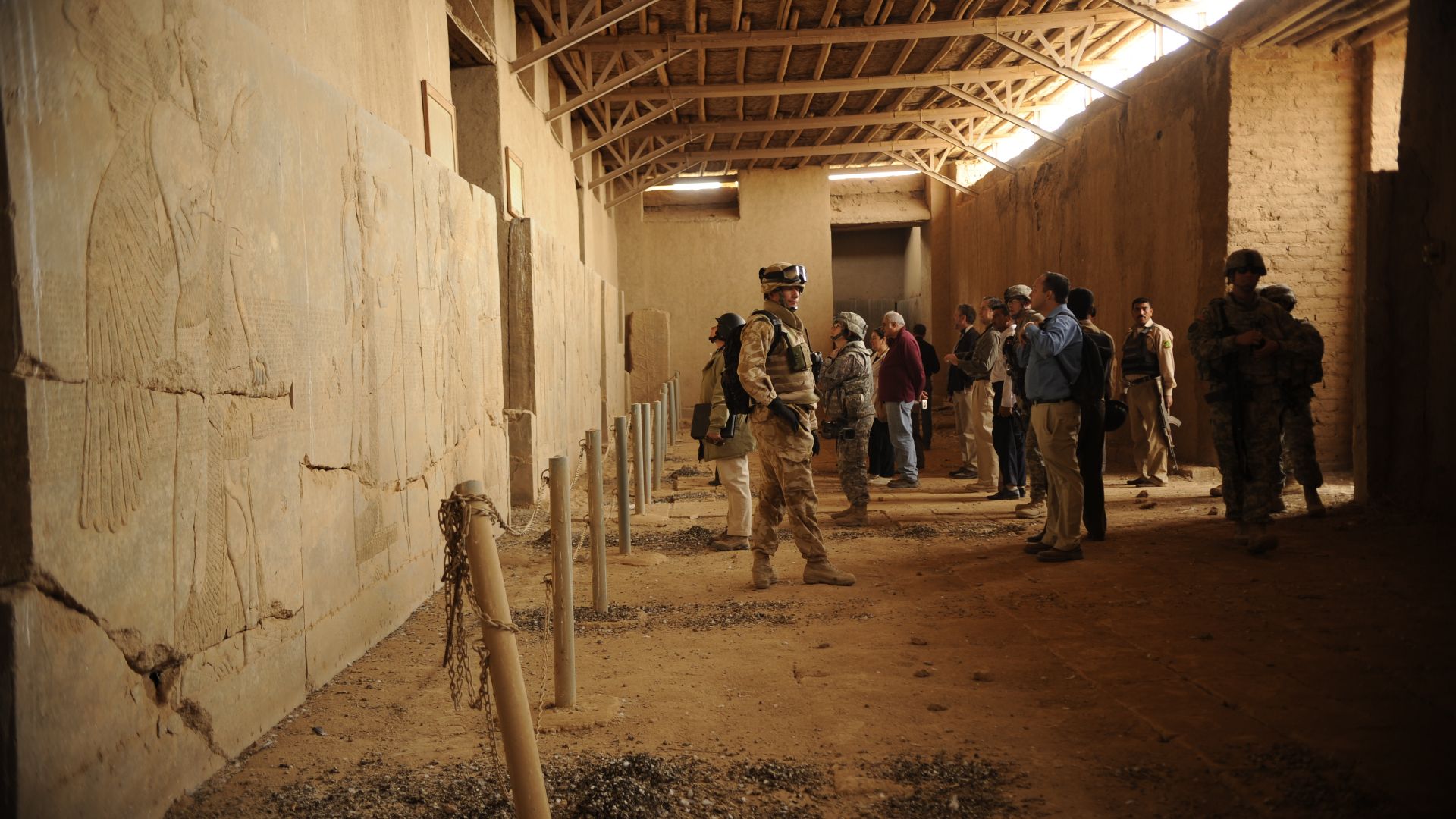 Staff Sgt. JoAnn Makinano, Wikimedia Commons
Staff Sgt. JoAnn Makinano, Wikimedia Commons
Ishtar’s Symbolic Return
The Ishtar fragment carried emotional weight. For researchers, unearthing her image felt like retrieving something meant to survive. Her depiction inside a star echoed themes of renewal. The discovery reminded observers that symbols of love and war withstand destruction in unexpected ways.
 davideferro.net, Wikimedia Commons
davideferro.net, Wikimedia Commons
Rebuilding Archaeological Momentum
The team’s persistence established momentum after years of halted work. All these seasons strengthened local partnerships. Their progress demonstrated how post-conflict archaeology can rebuild knowledge through careful documentation. Nimrud gradually transitioned from a devastated battlefield back into a place of learning.
Standing Against Cultural Erasure
UNESCO condemned ISIS actions as cultural cleansing. Recovering artifacts countered that violence by reclaiming memory. Nimrud’s findings became proof of preservation outlasting attempts to destroy heritage.
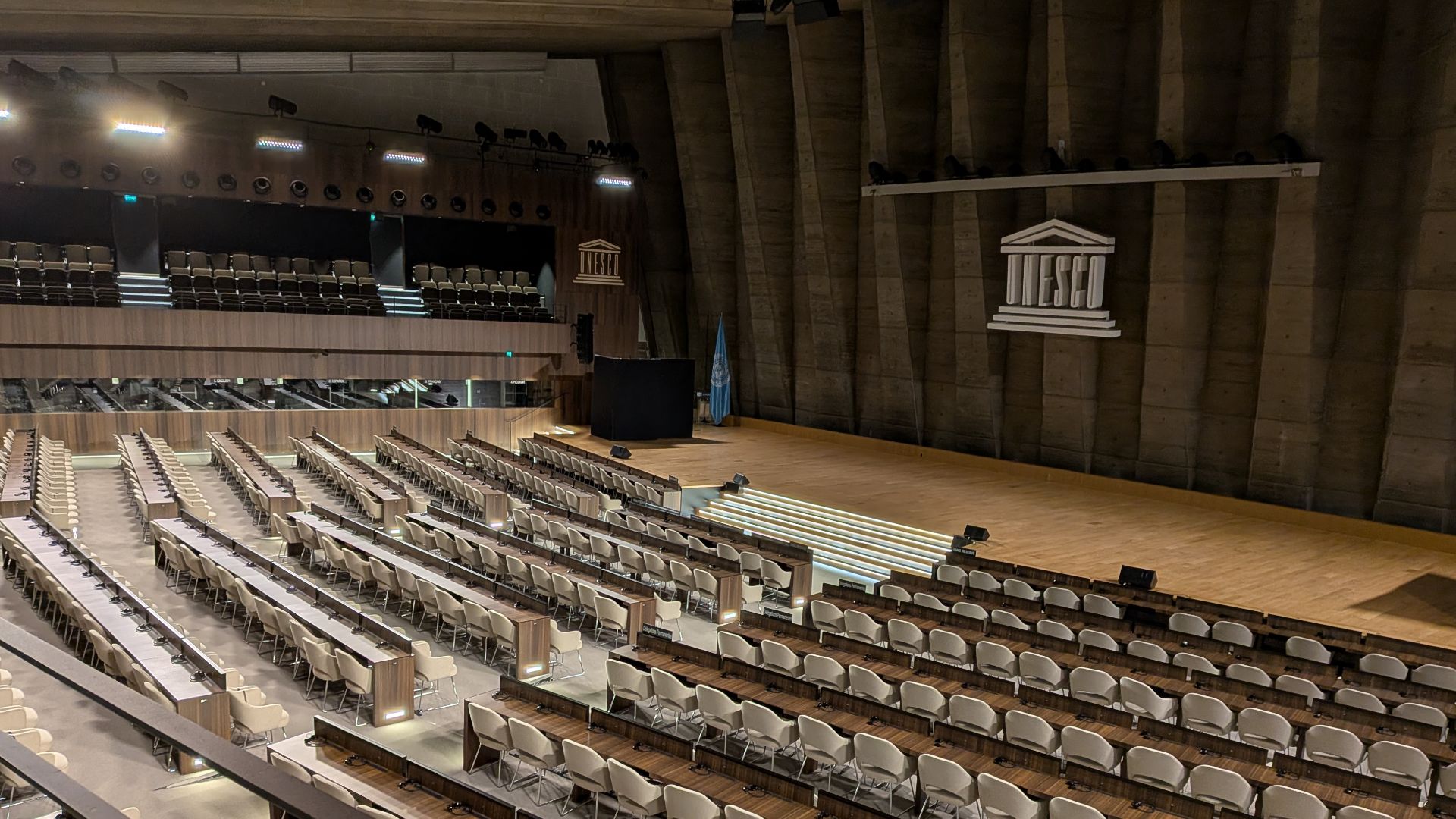 Bruno Barral, Wikimedia Commons
Bruno Barral, Wikimedia Commons
Insights Into Ancient Beliefs
The Ishtar relic offered a window into religious practices. Its design revealed how ancient worshippers portrayed celestial connections. Understanding these artistic choices helped researchers examine the beliefs they conveyed. This places Nimrud within broader Mesopotamian spiritual development stretching across centuries of recorded culture.
 Osama Shukir Muhammed Amin FRCP(Glasg), Wikimedia Commons
Osama Shukir Muhammed Amin FRCP(Glasg), Wikimedia Commons
A Goddess With Global Influence
Ishtar’s worship extended across regions and shaped later mythological figures. Her presence in Nimrud highlighted her importance in everyday life. The fragment reinforced her wide influence and showed how early representations helped inspire enduring themes in later civilizations’s storytelling traditions.
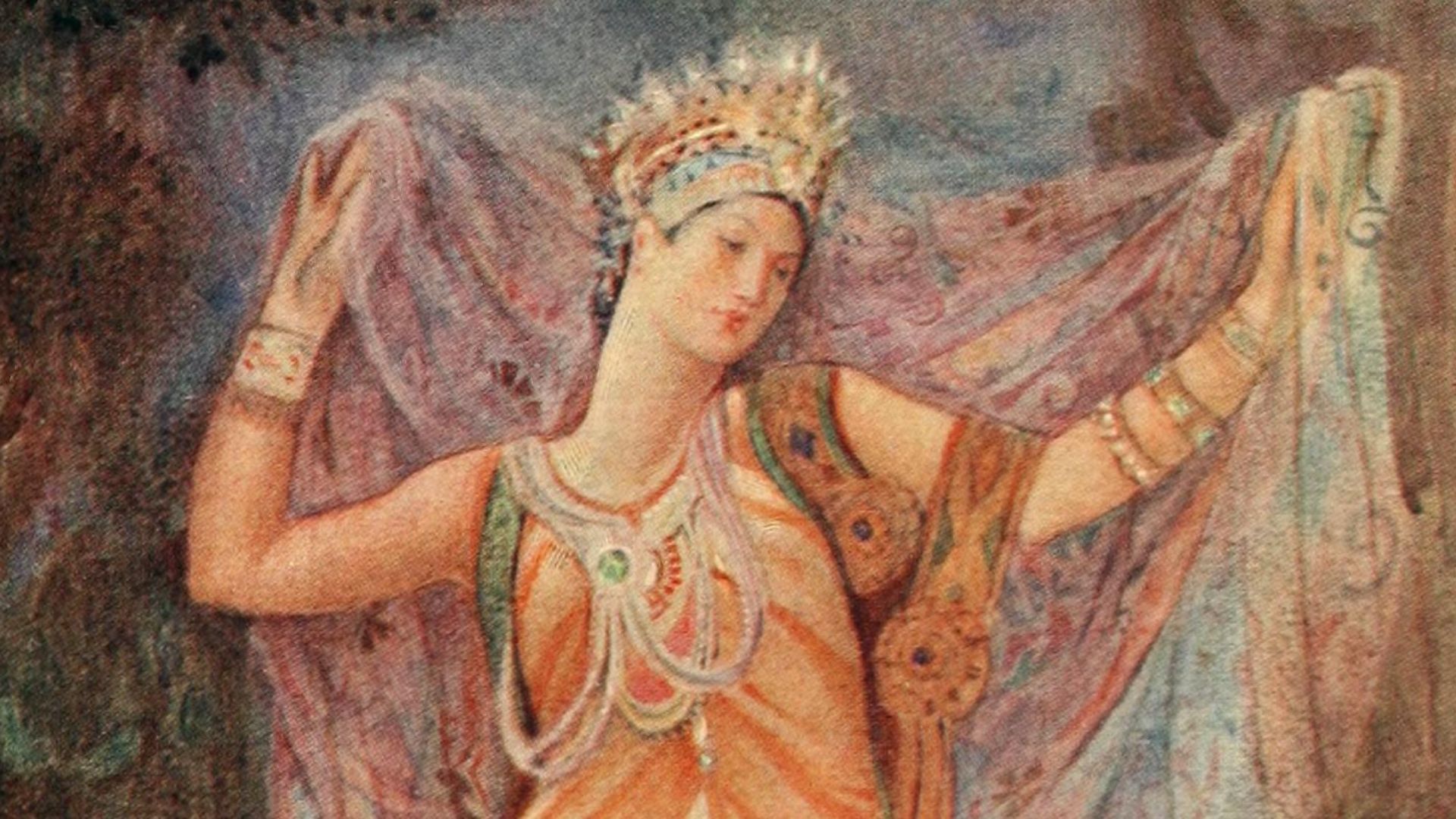 Internet Archive Book Images, Wikimedia Commons
Internet Archive Book Images, Wikimedia Commons
The Bigger Historical Picture
Each object recovered from Nimrud contributes to the reconstruction of early Assyrian society. Items such as ivory, star carvings, column bases, and palace remnants reveal layered stories about politics, trade, workmanship, and belief. Together, they clarify how one city shaped regional development.
 Alonso de Mendoza, Wikimedia Commons
Alonso de Mendoza, Wikimedia Commons



